Image by RainerBerns from Pixabay
|| How To Separate Snake Plants ||
Table of Contents
Why My Orchids Are Dying
One of the most common challenges people have with orchids is keeping them alive. Orchids are very delicate plants and can be susceptible to various pests and diseases. If you want your orchids to thrive, it is essential to understand the most common challenges people face and how to prevent them.
Let’s say you’ve just invested in a beautiful new orchid, but it looks sickly after a few weeks. You may be wondering why your orchids are dying and what you can do to prevent it. In this article, we will provide you with some information as to why orchids fail:
1. Pests And Diseases
Orchids are susceptible to various pests and diseases, which can cause them to die prematurely. The most common problems and diseases that orchids are sensitive to are:
– Spider mites: These tiny creatures can cause significant damage to your orchids and can be challenging to get rid of. Look for small webs on the leaves and stems if you think your orchid has spider mites.
– Aphids: These small, soft-bodied insects can suck the sap out of your orchids, causing them to become weak and stunted. Aphids can also transmit diseases to your plants.
– Mealybugs: These pests are covered in a white, waxy substance and feed on the sap of your orchids. Mealybugs can cause your plants to become stunted and yellow and transmit diseases.
– Scale: These small, hard-bodied insects attach themselves to the stems of your orchids and feed on the sap. Scale can cause yellowing of the leaves and stunted growth.
2. Poor Watering
One of the most common reasons why orchids die is because they are not watered properly. Even though orchids need a lot of water, you should never dampen them with cold water or pour water directly on the leaves. Instead, use room-temperature water and pour it into the pot until it starts to run out of the drainage holes. Then, let the pot drain completely before watering again. Water your orchids once a week, or more often if they are in a hot, dry environment.
3. Poor Fertilization
Orchids need to be fertilized regularly to stay healthy. However, you should never use a fertilizer high in nitrogen, as this can burn the roots of your plants. Instead, use a balanced fertilizer that is formulated for orchids. Fertilize your orchids every two weeks during the growing season and every month during the winter.
4. Poor Potting
If you don’t repot your orchids regularly, they can become pot-bound, leading to various problems, including stunted growth and yellowing leaves. Repotted orchids need to be repotted every one to two years or when the roots start to come out of the pot. Repot your plants in a pot slightly larger than their current one, and use a well-draining potting mix.
5. Using The Wrong Size Pot
If you use a pot that is too small for your orchid, the roots will become crowded, making it difficult for the plant to get the nutrients it needs. If you use a pot that is too large, the soil will stay too moist, leading to root rot. An excellent way to determine the size of a pot is to look at the roots. If they are tightly packed in the pot, it is time to repot into a larger pot. It is time to repot into a smaller pot. If the roots are coming out of the pot, it is time to repot them into a smaller pot.
6. Over-potting
Orchids must be repotted every one to two years, as they will become pot-bound otherwise. However, you should never use Pots that are too large for the plant. In oversized pots, water will accumulate and can lead to root rot.
- Dense Soil
If the soil in your orchid pot is too dense, the roots will not be able to get the air they need, and this can lead to root rot. To prevent this, add some perlite or sand to the potting mix.
7. Poor Lighting
Orchids need bright, indirect light to thrive. If your orchids are not getting enough light, they will become etiolated, which means they will stretch out and become weak. If your orchids get too much light, the leaves will become yellow and burned. The best way to determine if your orchids are getting enough light is to look at the leaves. If they are dark green, they are not getting enough light. They get too much light if they are light green or yellow.
Having bright indirect light is essential for orchid growth. If they are not given enough light, they will lose their leaves, and their flowers will be small and pale. Place your orchids near a window where they will get plenty of light, but protect them from direct sunlight, which can scorch their leaves.
8. Not Enough Light
Orchids need a lot of light to grow correctly, but they should never be placed in direct sunlight. If your orchid is not getting enough light, it will become etiolated, which means the stems will become elongated, and the leaves will be pale.
9. Too Much Light
While orchids need a lot of light to grow properly, they should never be placed in direct sunlight. The leaves will become yellow and burn if your orchid gets too much light. To prevent this, set your orchid in an east- or west-facing window.
10. Not Enough Humidity
Orchids need high humidity to grow correctly, but they will not do well if the air is too dry. In case of dry air, you can use a humidifier or place your orchids on a tray of pebbles and water.
11. Temperature Extremes
Orchids cannot tolerate extreme temperatures, either hot or cold. If the temperature drops below 50 degrees Fahrenheit, the orchids will go into dormancy and may die. If the temperature gets too high, above 85 degrees Fahrenheit, your orchids will suffer from heat stress and may also fail. Be sure to keep your orchids in a cool, airy room where the temperature will not fluctuate too much
Conclusion:
By following these simple tips, you can keep your orchids healthy and thriving for many years. Orchids are a beautiful and delicate plant, but with a bit of care, they can be an excellent addition to any home.


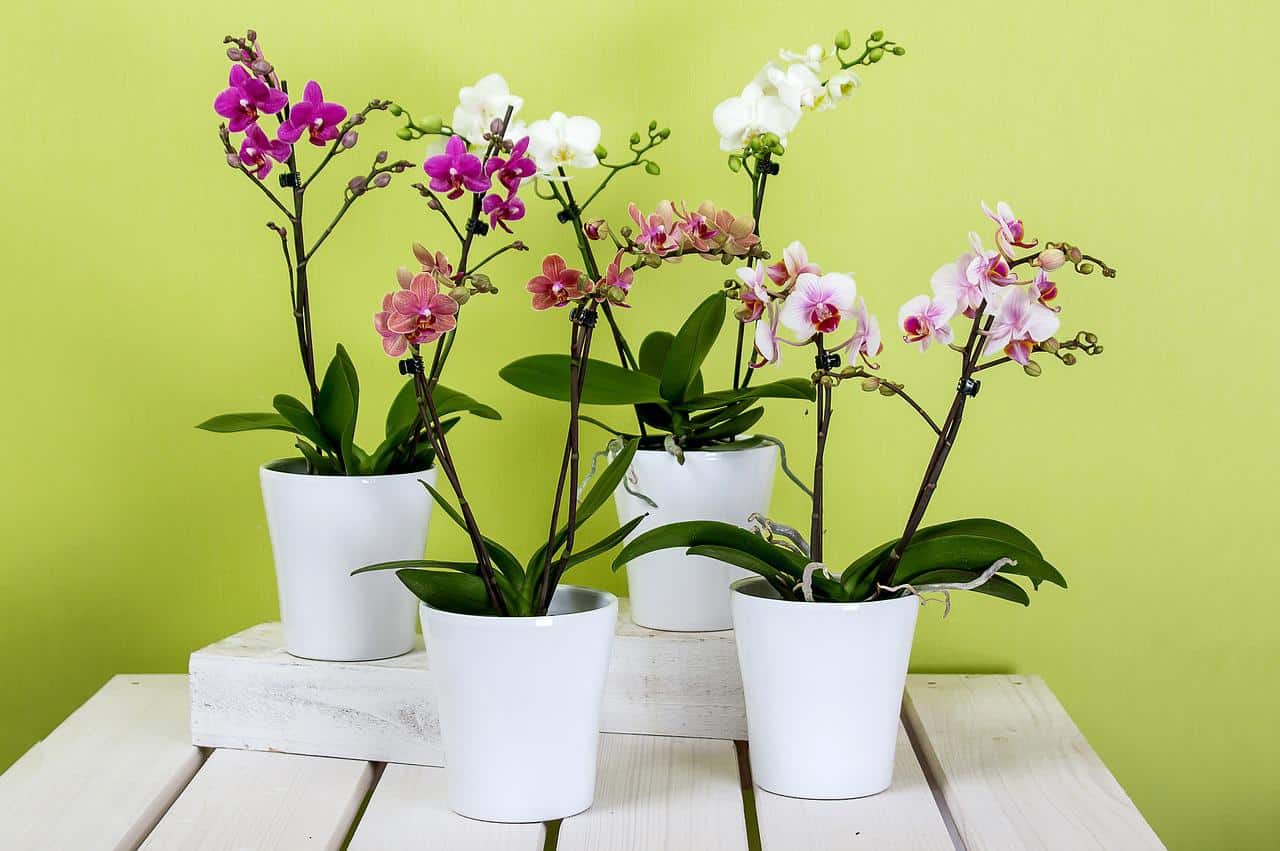
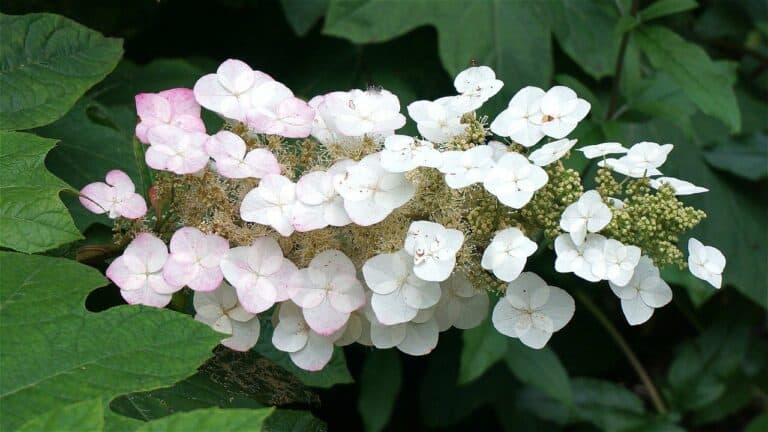

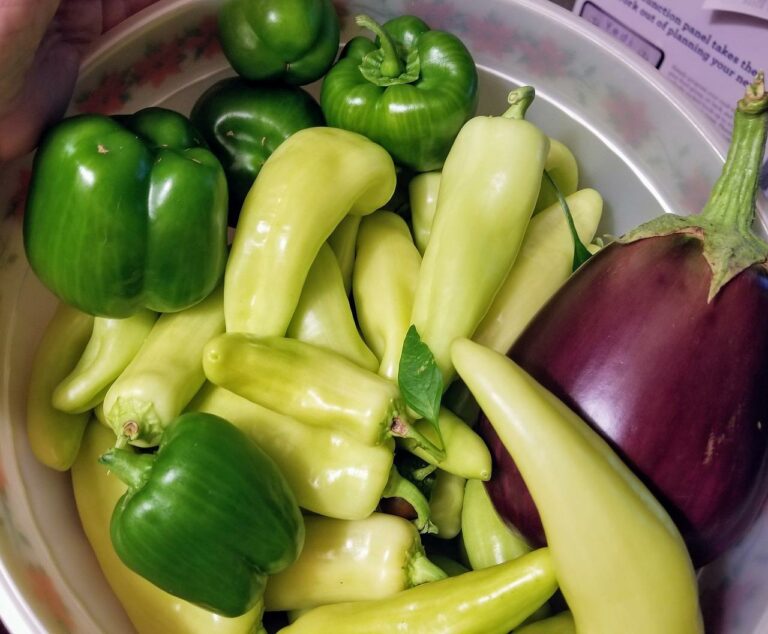
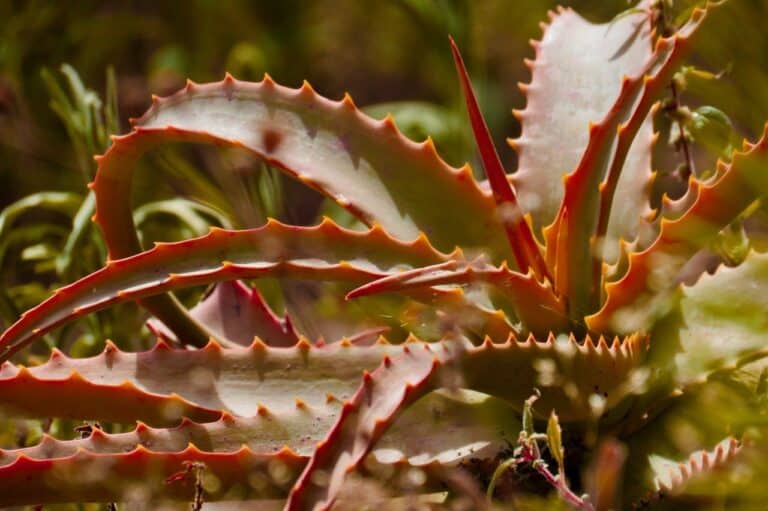
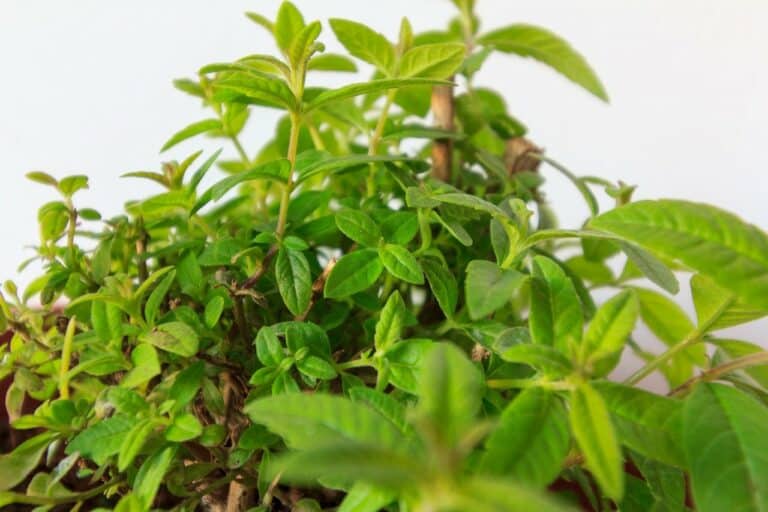
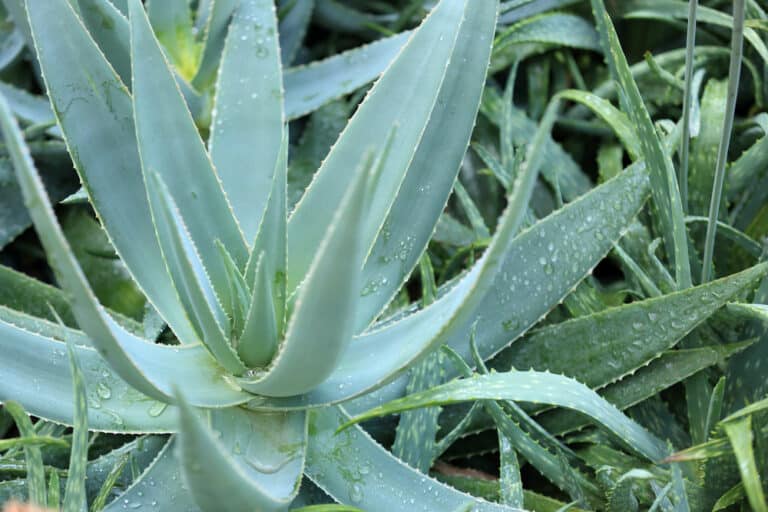
One Comment
Comments are closed.